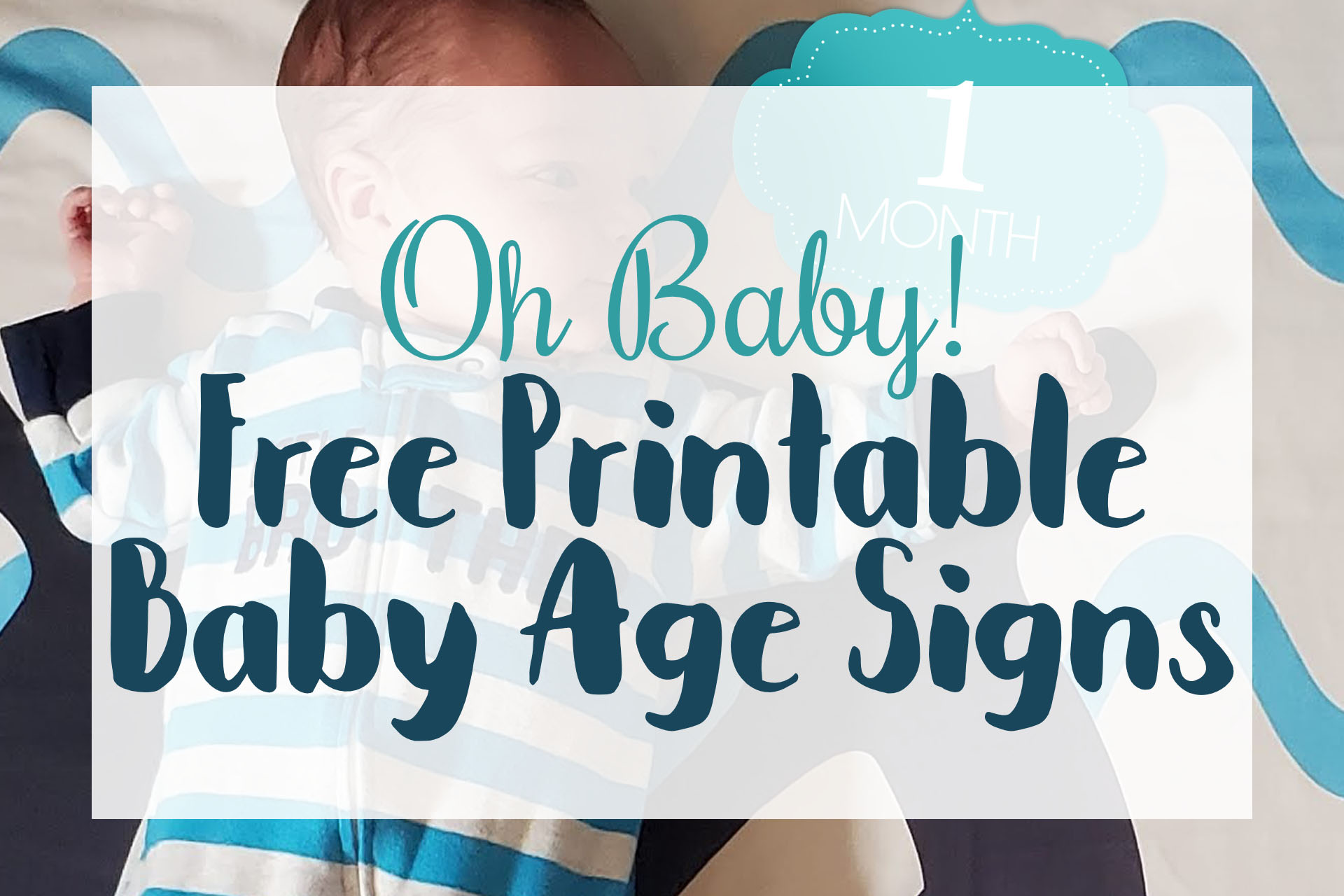Guest Post | Technology has undeniably made our lives more convenient, but it has also become a distraction for children and adults alike. If you are looking for a fun way to reconnect with your children while fostering their left brain creativity and inspiring their right brain learning, consider one or all of these kid-friendly projects for kids.
Marble Painting
This relatively mess-free painting activity is ideal for younger children, including toddlers and preschoolers. Gather together the following: a variety of colors of paint, disposable (or washable) cups to hold paint, several marbles, paper, and a shoe box.
1. Place the paper in the box.
2. Put a small amount of paint in a cup; drop a marble in the cup and roll it around in the cup to ensure that it is covered in paint.
3. Drop the paint-covered marble on to the paper, and then tilt the box to move the marble around the paper.
4. You can add several different paint-colored marbles to the box, and older kids enjoy experimenting with bouncing the marbles on the paper.
5. As your child marble paints, discuss the direction the marbles are moving and the effects of mixing colors.
Paint Bags
Paint bags are virtually mess-free, and they can be used for younger and older kids alike. You will need large zipper food storage bags, several colors of paint, and a bit of tape.
1. Add several colors of paint to a zipper bag.
2. Push the air out of the bag, and securely zip the bag shut. Be sure to double check the seal or this activity will quickly become messy!
3. Tape the bag on a glass door or accessible window at shoulder height for the child.
4. Again, discuss the mixtures of colors. Encourage your child to draw shapes, practice letters or numbers, and even practice spelling words. These bags can be used for several days before the paint stiffens.
Vinegar and Baking Soda Art
Here is another chance to discuss how colors mix and change, as well as a safe and cool chemical reaction. Since your child will need to use an eye dropper for this activity, it does require some fine motor skills, so it is probably best suited for ages 4 and up. You will need a glass pan, baking soda, vinegar, food coloring, a divided tray (or Styrofoam egg carton) for mixing vinegar and food color, and an eye dropper.
1. Place a layer of baking soda in the glass pan.
2. Put vinegar in the tray and mix in a few drops of food coloring in each division.
3. Encourage your child to use the eye dropper to pick up some of the colored vinegar and drop it in to the baking soda, making designs.
4. Discuss what your child sees, hears, and smells. You can also research together the chemical reaction taking place.
DIY Calming Jar
The beauty of this activity is that the final product also has a true purpose. As you and your child create this calming jar together, discuss the need to take quiet time to calm our emotions. Gather together a glass mason jar with a lid, glitter glue, glitter, and hot water in a measuring cup.
1. Ask your child to squeeze glitter glue into the jar. This is important for motor practice for kids as young as 3 or 4. Again, if your child wants to work with multiple colors, you can discuss how colors mix together.
2. Help your child pour the hot water into the jar. Using a one-cup measuring cup helps contain the potential for spilled water. If the water is not warm enough, the calming jar will still work, but it will take a few days for your glue to dissolve.
3. Have your child shake additional glitter into the jar before she twists on the lid. You should also give the lid an extra twist to ensure the lid is on very tight.
4. Encourage your child to find a good place for the calming jar. Demonstrate how she can shake the jar when she is frustrated and then watch the glitter settle gently to the bottom.
All four of these activities encourage artistic expression as well as stimulating educational discussion. With a few household items and a bit of time, you can foster both left and right brain growth for your children. According to Sipping N’ Painting, a studio that teaches art classes in Denver, children can grasp concepts much more easily when they are learning through art because they can learn tangibly and by doing, not just hearing. Taking the time to engage with your child in these kinds of activities will not only give you a chance to bond, but will help them develop academically—no matter their age.
This site contains product affiliate links. We may receive a commission if you make a purchase after clicking on one of these links.
What’s your Reaction?
+1
+1
+1
+1
+1
+1
+1




